Barrack huts dating back to World War One restored
- Published
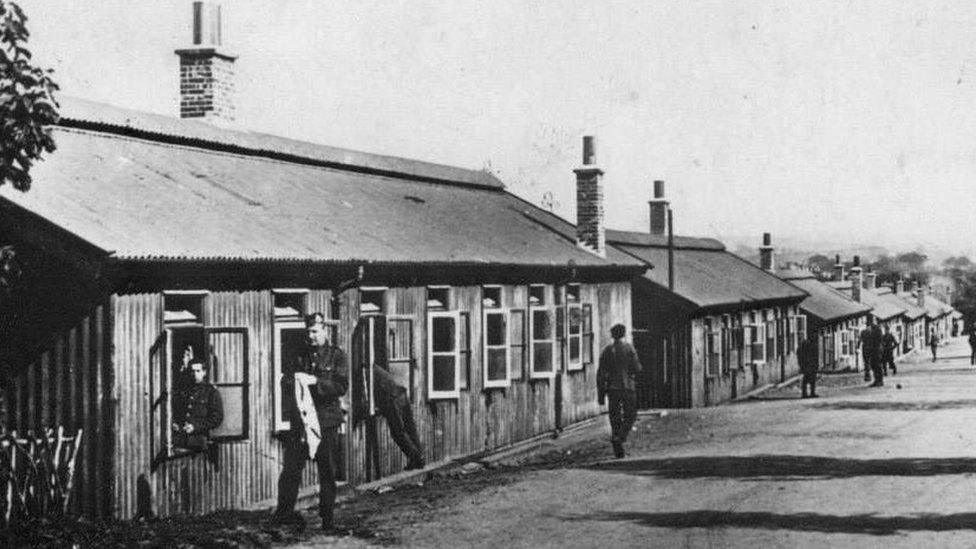
Huge numbers of barrack huts were produced during World War One to provide temporary housing for the large number of soldiers who enlisted. Most of the huts have not survived, but a group called Great War Huts is preserving those that remain. After the war, some were turned into homes and clubs, but many were just left to rot.
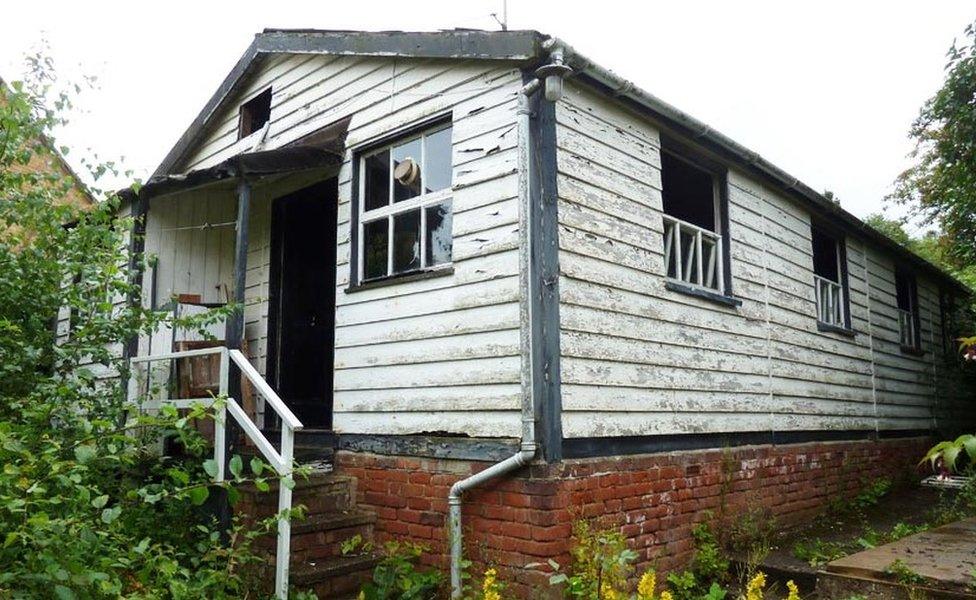
Kev Smith, Tracey Mackenzie and Taff Gillingham, who are the team behind the project, created a crowdfunding page in 2015 and raised £4,345.
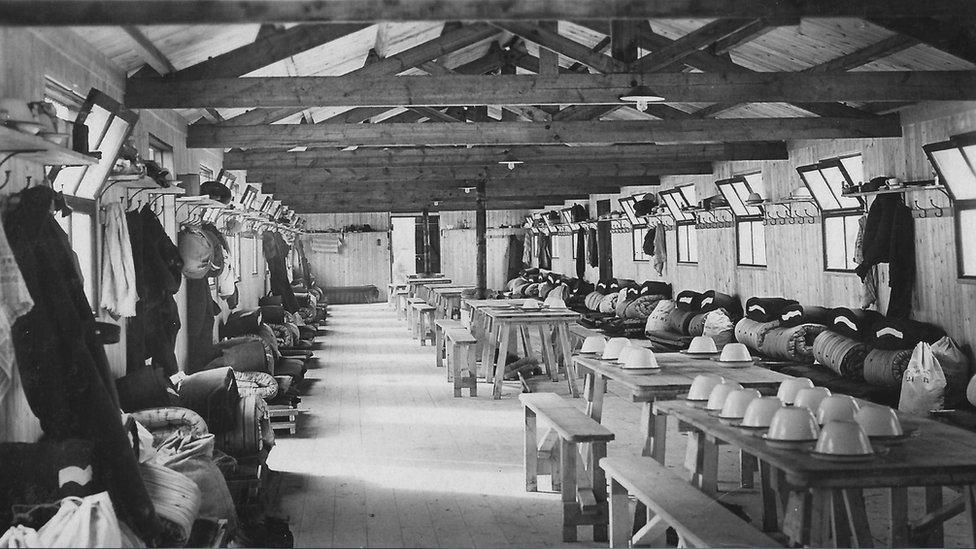
Mr Gillingham said: "We thought there was clearly an interest and so we started looking for somewhere to build a proper visitors' centre to see a different view of World War One."
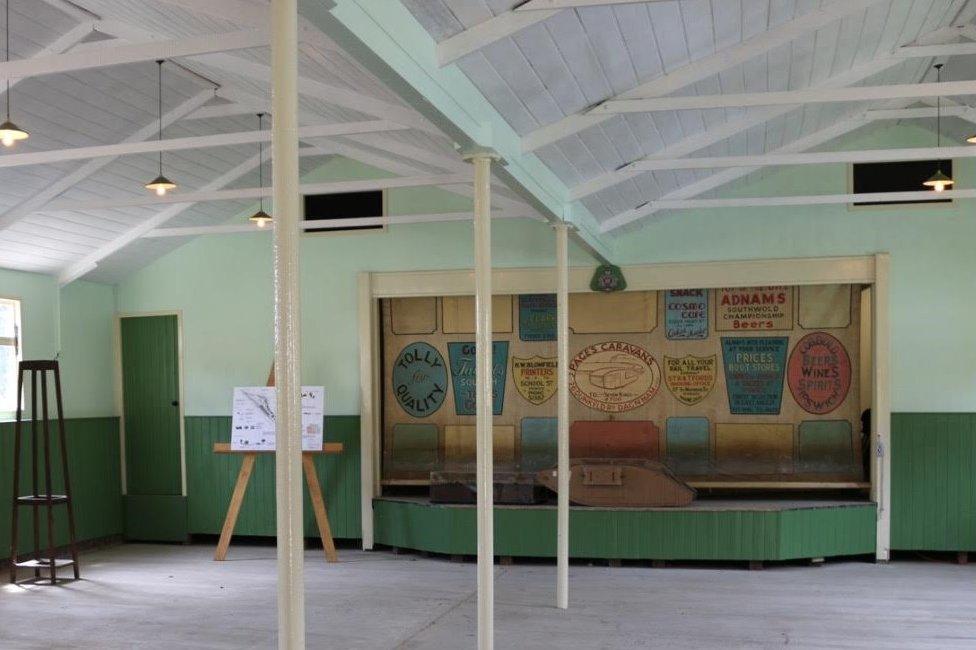
In Autumn 2012, Ms Mackenzie came across Brook Farm at Hawstead, near Bury St Edmunds, and by April 2014 the team had moved the hire business to its new home. They gained planning permission for 11 wooden replica huts to house displays and provide lecture and exhibition spaces.
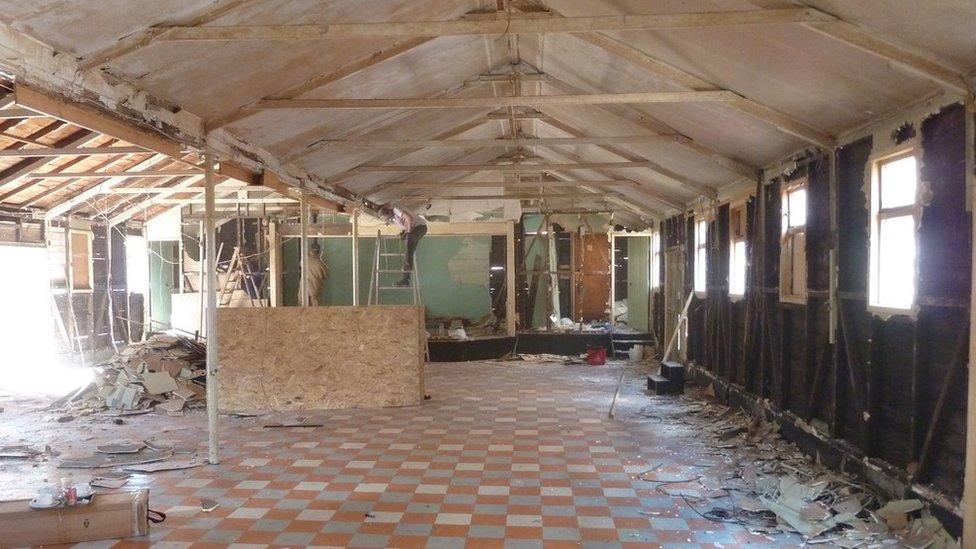
The huts include one used by the Ipswich Labour Club (pictured being dismantled) in Silent Street, Ipswich, as its meeting room. It was set to be demolished when the team stepped in.

A former Royal Naval Air Service hut from Aldeburgh was turned into a bungalow in Friston before it was transported to the site. The Hillside hut was part of the Aldeburgh aerodrome until it was closed in 1920 and the buildings were sold off.
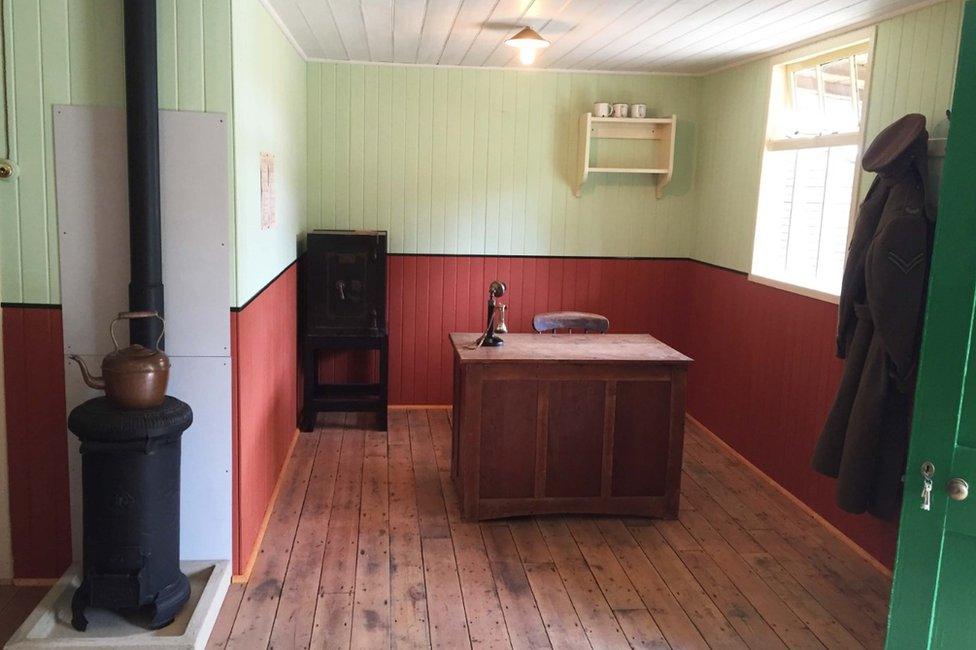
The Friston hut has now been fully restored including its guardroom and commander's desk.
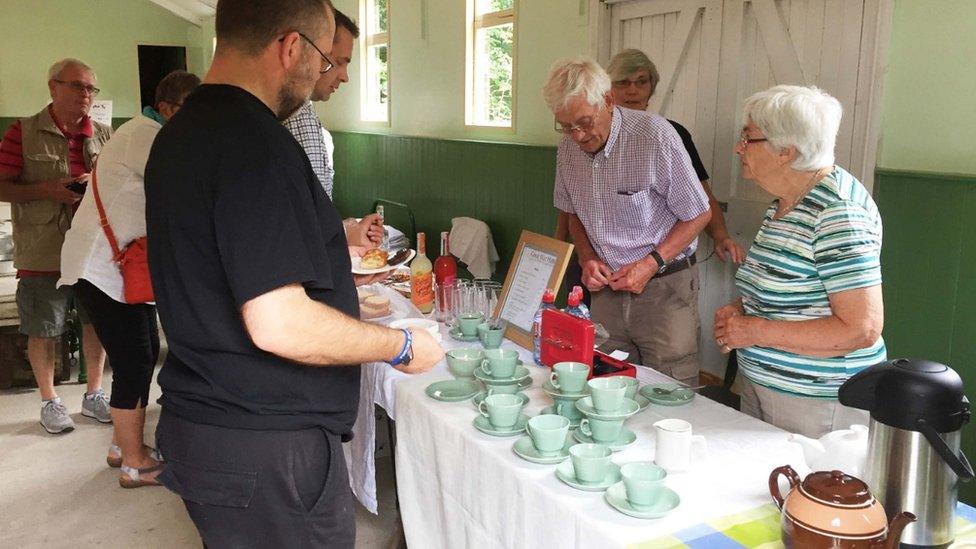
Open days and special events have taken place in the huts, to help raise money to support the project. The team hopes to open the huts permanently to the public from next year.